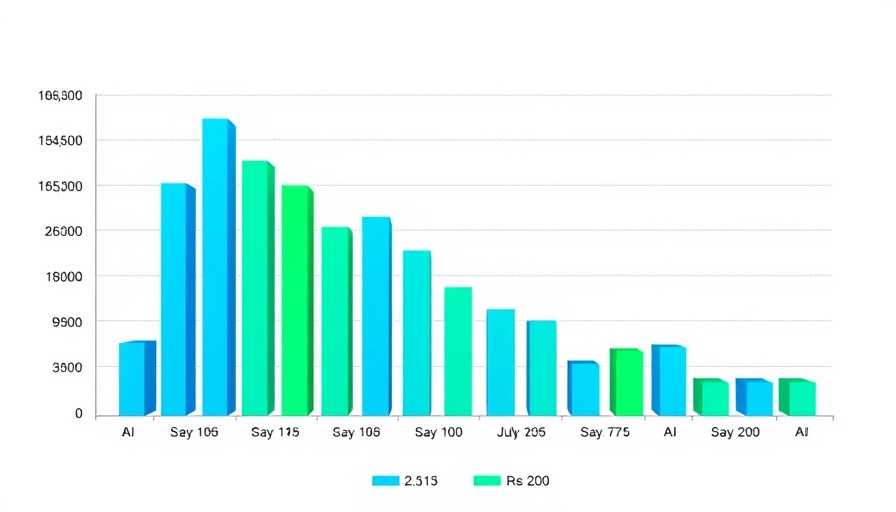
Unlocking New Possibilities: How AI Enhances Power BI for Data Analysis
Data analysis has evolved remarkably in recent years, and the integration of artificial intelligence (AI) within tools like Power BI marks a significant milestone in this evolution. As businesses globally strive for data-driven decision-making, harnessing the capabilities of AI takes analytics to a new dimension, transforming how professionals, business owners, and marketers interpret and utilize their data.
The Synergy of Power BI and AI
Power BI, a powerful business analytics service from Microsoft, provides interactive visualizations and business intelligence capabilities. When combined with AI technologies, it not only enhances data interpretation but also empowers users to make predictive analyses with ease.
For instance, AI-driven features such as natural language processing (NLP) allow users to generate insights by merely asking questions in conversational language. This convergence of technologies leads to more intuitive user interactions, which is particularly beneficial for those without extensive data analysis training. Businesses can extract actionable insights in record time, ultimately enhancing their decision-making processes.
AI-Powered Insights: The Game Changer
AI’s predictive and prescriptive analytics capabilities enable organizations to glean insights beyond traditional descriptive analytical methods. Integrating machine learning models into Power BI can forecast sales trends, customer behavior, and market changes.
For example, retail businesses utilizing Power BI can analyze customer purchase behavior over time, allowing them to predict future trends and optimize inventory accordingly. By leveraging these AI capabilities, they can enhance customer engagement strategies and improve their overall marketing effectiveness.
Real-World Applications of Power BI and AI Combining Forces
Several industries are already reaping the benefits of Power BI integrated with AI. For instance, banks utilize AI-driven analytics to detect fraudulent transactions and improve customer service. In healthcare, technology assists in predicting patient admissions, enhancing operational efficiency, and ensuring better patient outcomes.
Furthermore, marketing teams leveraging AI insights can optimize their campaigns based on consumer behavior analysis, leading to more effective targeting strategies through personalized marketing approaches.
Overcoming Challenges and Maximizing Benefits
However, the journey of incorporating AI into Power BI is not without challenges. Data quality, privacy concerns, and the need for robust data governance frameworks are all crucial considerations. Businesses must prioritize developing sound data management practices to ensure their AI applications yield accurate and meaningful results.
Future Trends: What Lies Ahead?
As we look to the future, the integration of AI and BI tools like Power BI will continue to grow, driving innovations in data analytics. With advances in AI technologies, such as enhanced machine learning algorithms and improved data processing, the ability to gain insights will only become more sophisticated.
Professionals in various fields should prepare to adapt to these trends by continually updating their skill sets and embracing AI as a fundamental component of their analytic strategies.
Actionable Insights for Professionals and Businesses
To fully harness the power of AI in data analysis, professionals need to:
- Invest in training programs for team members to familiarize them with AI tools.
- Prioritize data governance processes to ensure high data quality.
- Leverage the predictive analytics capabilities of AI within Power BI for strategic planning.
By doing so, organizations can stay ahead of the curve and effectively meet their customers' evolving needs.
Embracing Change: The Essential Shift
In a rapidly changing market landscape, embracing AI in data analytics through tools like Power BI is no longer optional; it’s essential. As businesses increasingly rely on data for strategic decisions, integrating AI can lead to enhanced operational efficiencies, better customer insights, and ultimately, greater competitive advantage.
As we progress deeper into the age of AI, the opportunities to leverage data analytics will only multiply. Thus, understanding and adapting to these changes now prepares businesses for success in the future.
Embrace the synergy of Power BI and AI to unlock your data's potential. Start your journey today and watch how it transforms your business strategies!
 Add Row
Add Row  Add
Add 




Write A Comment